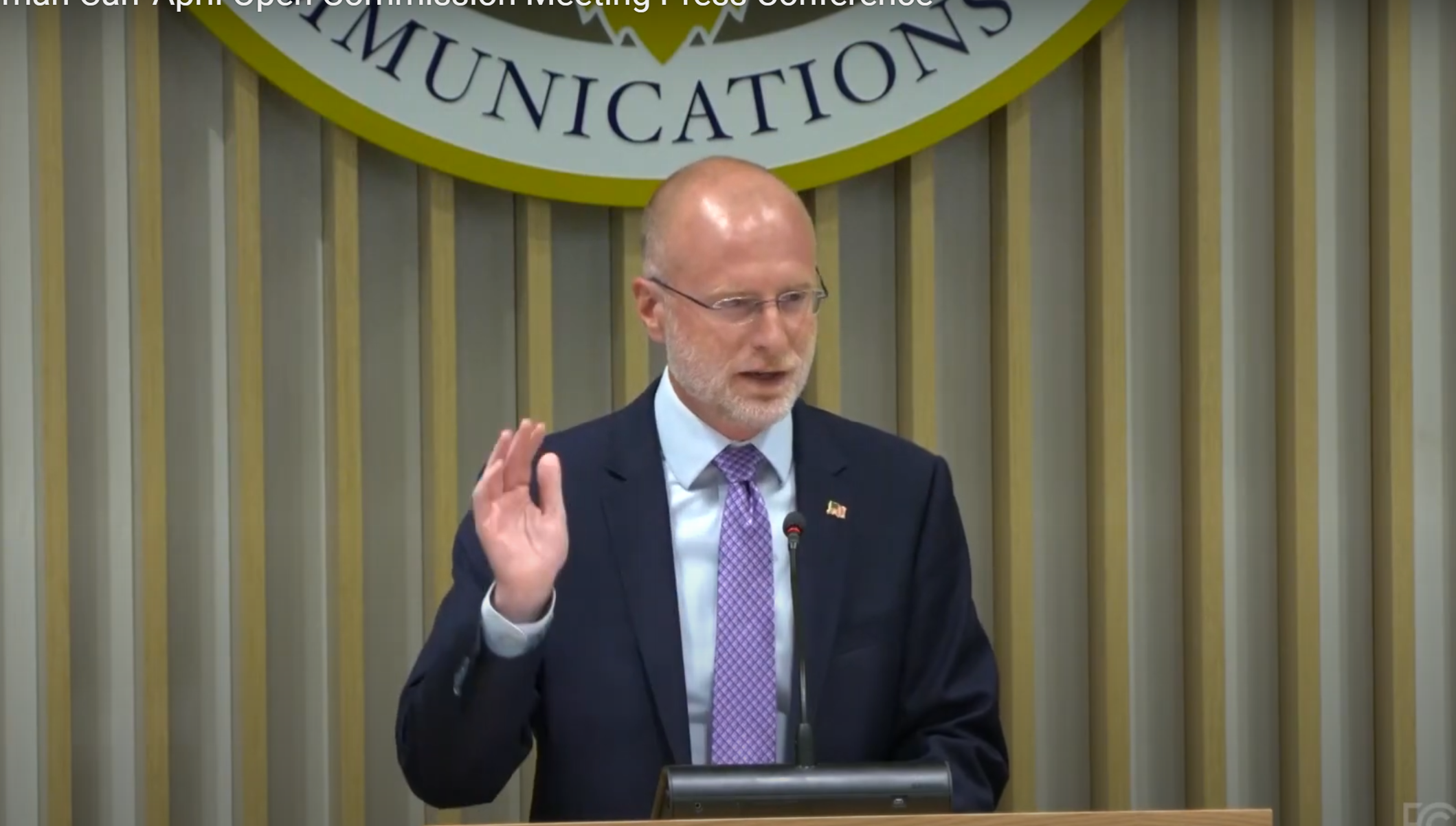Staying Away From Orphans

I have a passion for new solutions, moving ahead of the pack, getting my hands on the latest and greatest equipment. And while being an early adopter can give you leading-edge performance, it also exposes you to a danger: owning an orphan.
An orphan in equipment terms occurs when a manufacturer sells you the first, or one of the first, model of a piece of equipment, and then abandons the product.
Names of such manufacturers will be left out of the column in order to protect the guilty. If you’ve ever purchased an orphan, you’ll probably feel like I do: that there should be a special place in hell for whoever sold it to you.
YES, IT HAPPENED
One station where I worked had a sister station just across the mountains that, 99.999 percent of the time, ran the same programming, but local commercials were probably 50–60 percent different for each station.
We had a one-off spot play computer that controlled a bank of 12 industrial-grade three-quarter-inch tape machines. The company that built it disappeared a short time later, and our amazing maintenance engineers kept the spot player running.

Chapter two of that same spot player story is that one of the largest broadcast equipment makers talked us into buying the very first model of their serverbased multistation spot play systems. We waited a year for the system. Then we got a call. The company had decided not to build the product at all. I still see the salesman at NAB show, and we laugh about it, though I probably grit my teeth a bit.
At another station where I worked, we knew by NAB Show time that the next September we would launch a 4 p.m. local, live talk show. That show would leave us about 90 seconds to reconfigure the control booth for that night’s 5 p.m. newscast, in a separate studio.
Simply getting three cameras around there was a daily challenge, but fortunately our switcher was automated enough to reconfigure completely in a second or so at the push of a button.
Our audio console had no such capability. Though it might be possible to turn all the dials, punch all the buttons, set up mixed-minuses and route all the sources in 90 seconds, the probability of getting it all done correctly night after night was not good.
At the NAB Show there were several half-solutions and two audio consoles that could do it all. One of the audio consoles cost about $100,000 more than the other. The downside of the second console, however, is that what we saw in their booth was the only console they’d ever built.
A hundred grand is a lot of money, and we bought the less expensive one. They, too, went out of business shortly, and I guess we got a few spare parts, but we were stuck. Again, the maintenance engineers performed miracles. (By the way, the maker of the more expensive console, the one we didn’t buy, is still in business, 22 years later.)
After telling those stories, I will probably want to wear a Kevlar vest when walking by start-up companies at the next NAB Show, but avoiding orphans isn’t merely being skeptical about buying from the new guys. That serverbased spot play system I talked about was from a company that has been in business a long time, and is still a major player.
When you’re buying the first of anything, you’re taking a chance. A network or large station group might have the wherewithal to work alongside the manufacturer developing the product, and may have the buying power to guarantee a successful launch of the device. That may well not be something you have the resources to do.
IT’S NOT ALL BAD
Now, for all the carping I’ve just done about buying an orphan, and maybe not buying serial number 00001 of a particular product, I have to admit that sometimes good things happen.
Years ago I was at a station that bought a frame sync, which was not an inexpensive device back then, but a godsend for syncing incoming liveshots to the station. Temporarily we took delivery of a prototype while our production model was being built.
All of the controls on the frame sync were labeled except for one button. Times were simpler back then, and rather than plunging the box immediately into a bucket of water and calling Homeland Security, someone gathered up enough courage to push that button. The result was that it shrank whatever source was running through it into an over-theshoulder size box, off to the right side.
The News Director was ecstatic. A DVE that could do that had been chopped out of that year’s capital budget. Here we had that capability for free. The production models of that frame sync had no such button and no such capability. My recollection is that the manufacturer never got his prototype back.
Craig Johnston is a Seattle-based Internet and multimedia producer with an extensive background in broadcast. He can be reached at craig@craigjohnston.com.
Get the TV Tech Newsletter
The professional video industry's #1 source for news, trends and product and tech information. Sign up below.
